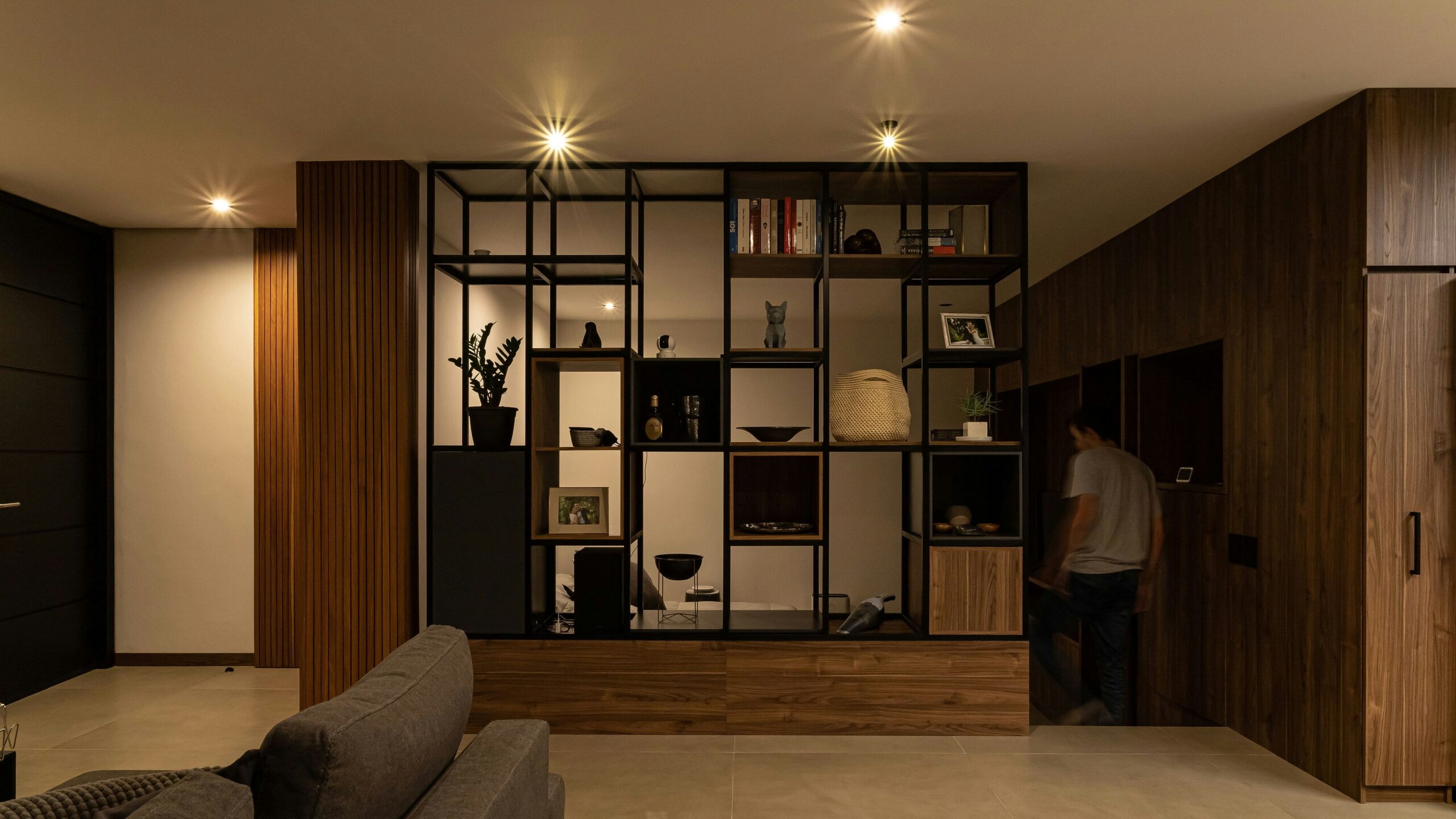Designing for play isn’t just about creating fun. It’s about shaping environments that are imaginative, practical and safe. From back gardens to community parks, the best spaces for play blend functionality with creativity.
Functional design for everyday play focuses on how well a space supports engagement, development and accessibility, all while maintaining aesthetic appeal. Whether you’re a parent, educator or urban planner, understanding this approach can transform the way we think about play.
The Principles of Functional Play Design
Functional play design prioritises usability and flexibility. At its heart, it’s about making play spaces that accommodate a range of ages, abilities and uses. Instead of one-purpose structures, think multi-functional zones: sandpits that double as sensory stations, climbing frames that also offer shade or seating areas that become part of imaginative games.
This design principle supports active and passive play, encourages social interaction and adapts to changing needs over time. For example, a simple open space with natural boundaries can become a football pitch one day and a quiet reading area the next. It’s this kind of thoughtful, responsive layout that makes a space truly functional.
Blending Structure with Imagination
Children rarely use things as they’re intended. A bench becomes a pirate ship; a ramp is a racecourse. Functional design welcomes this kind of creativity by offering features that aren’t overly defined. Modular elements, natural materials and varied surfaces allow children to reinterpret spaces according to their imagination.
Including elements like balance beams, moveable objects and climbing structures with multiple entry points invites exploration. This not only supports cognitive and physical development but also makes play feel fresh each time. Designers often take inspiration from Montessori principles, focusing on independence, tactile experience and minimal intervention.
Accessibility and Inclusion
No discussion of functional design would be complete without accessibility. A truly inclusive play space ensures that children of all abilities can engage equally. That means wide pathways, level entrances, tactile features and sensory-friendly zones.
Designing with accessibility in mind is not just about compliance; it’s about creating joyful experiences for everyone. Thoughtful placement of seating, shaded areas and quiet spaces also supports neurodiverse children and encourages intergenerational use. Ultimately, accessibility is a cornerstone of functionality, enhancing the overall utility and enjoyment of the space.
Materials That Matter
Choosing the right materials plays a major role in functional design. Durability, safety and environmental impact are key considerations. Timber, recycled plastics and metal are popular choices, but aluminium stands out as a material that is both robust and lightweight, ideal for modular play elements, canopies and frames.
Aluminium’s resistance to rust and minimal maintenance requirements make it a great option for long-term outdoor use.
One example of high-quality aluminium design solutions can be found at nowaluminium.co.uk, where functional elegance meets practical application across a range of products. Whether used for structural elements or flexible installations, aluminium contributes to a clean, modern look without compromising durability.
Integrating Nature into Play
Functional play design often integrates natural elements to enhance sensory experiences and promote calm. Water features, natural foliage, boulders and woodlands encourage exploration and grounding. These additions also bring children closer to nature, supporting wellbeing and ecological awareness from a young age.
Rather than dominating the environment, functional design works with the landscape. Using natural slopes, tree cover and existing contours adds depth to a play area while reducing environmental impact. It also helps blend the play space into its surroundings, making it feel like an organic part of the community.
Designing for Everyday Use
Perhaps the most important aspect of functional design is that it supports everyday play, not just weekend outings or special events. This means building with low maintenance in mind, ensuring year-round usability, and providing spaces that feel safe, clean and inviting.
Simple additions like weather-resistant shelters, good drainage and well-placed lighting extend the life of the space and make it suitable for all seasons. It’s about giving children opportunities to play freely, frequently, and in spaces that feel designed just for them.
Final Thoughts
Functional design for everyday play is more than a trend. It’s a thoughtful approach that places children, families and communities at the centre of planning. By considering how spaces are used, who they’re for and how they evolve over time, we create environments that support healthy, joyful living.

